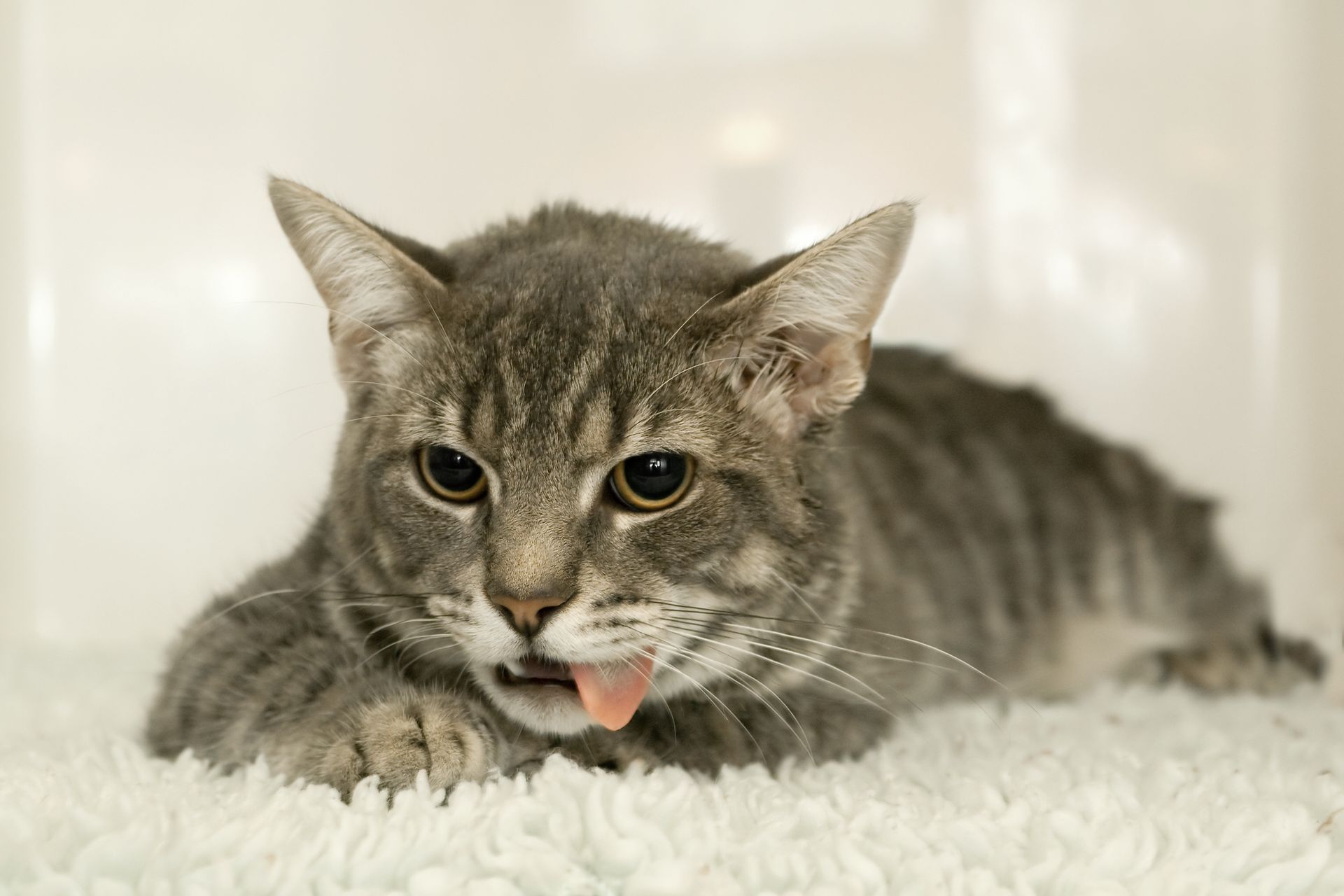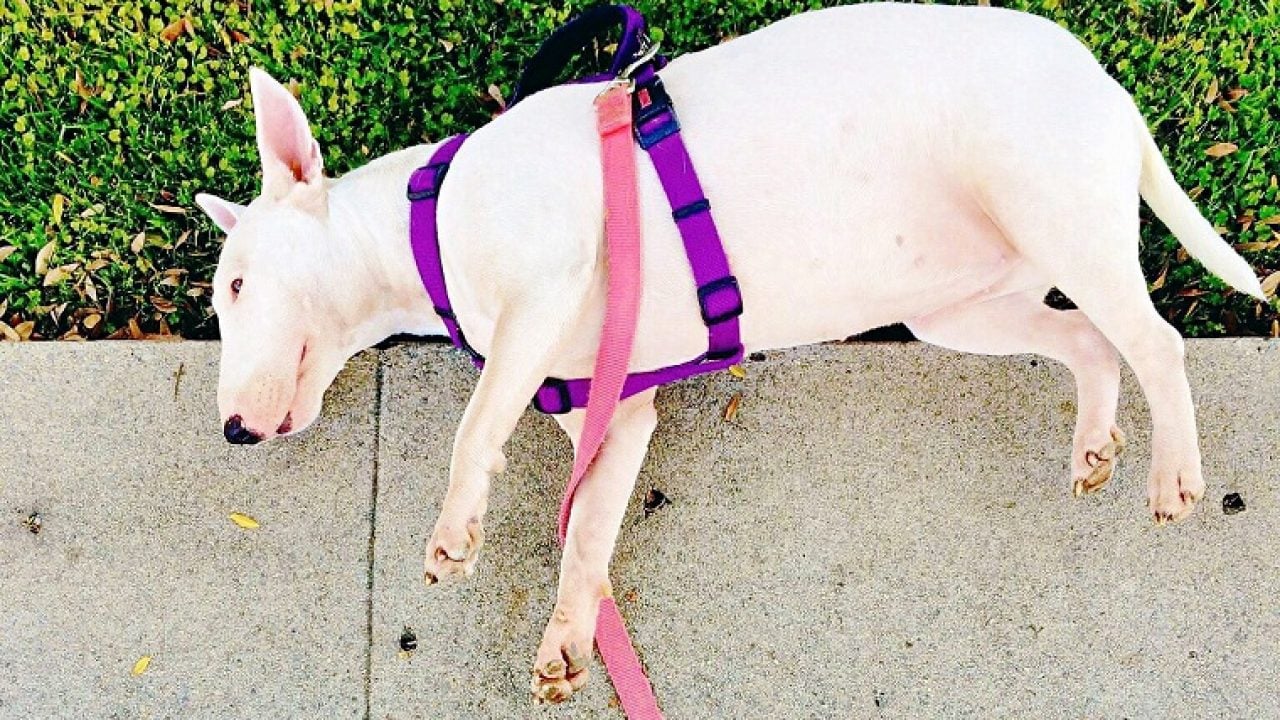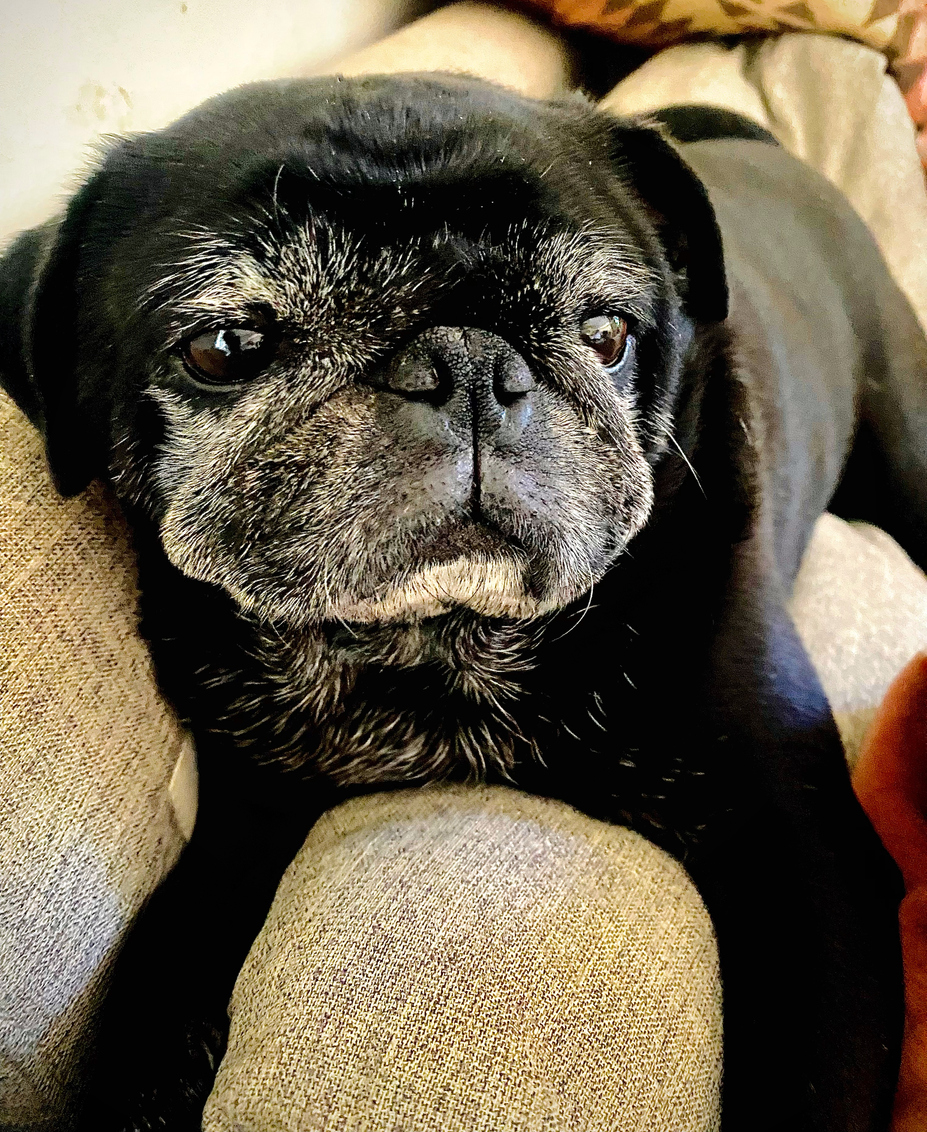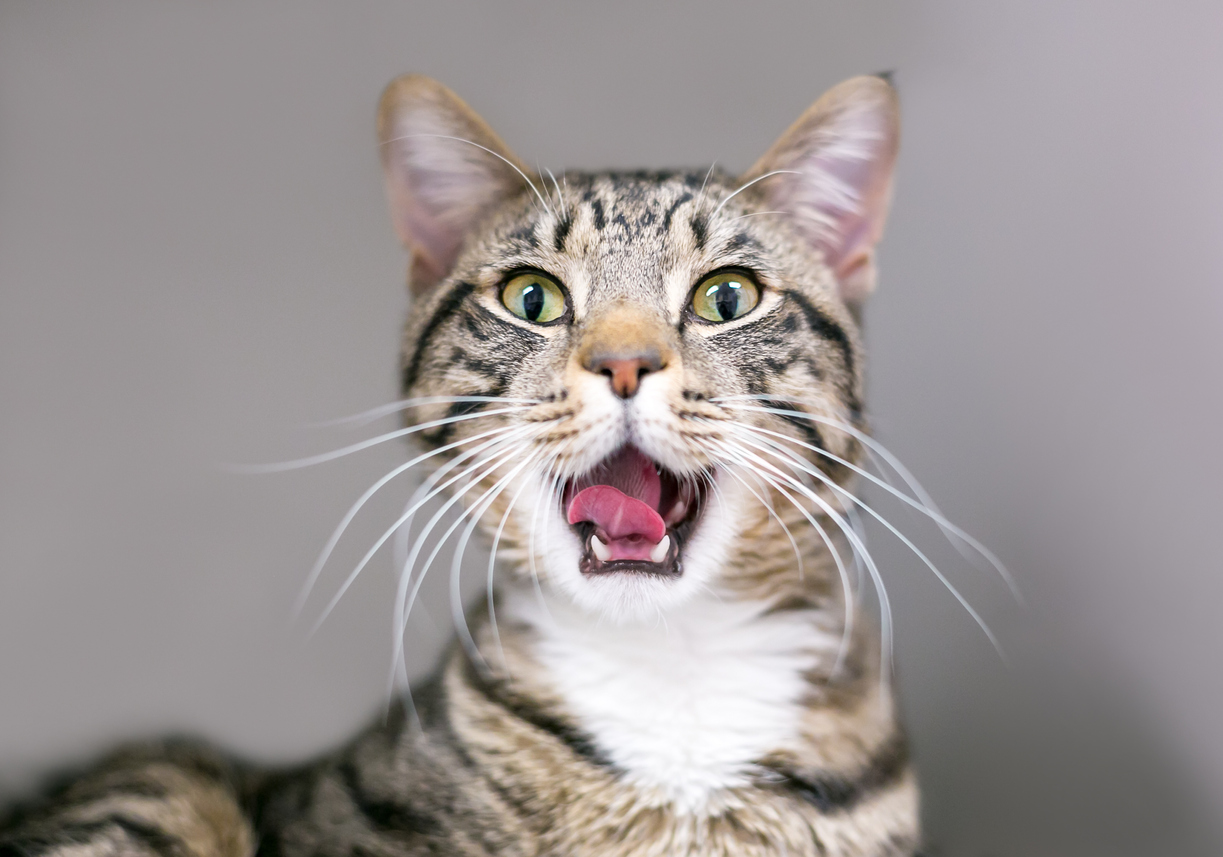Seizure and Syncope
What is a seizure?
A seizure is a sudden, uncontrolled movement of the body caused by abnormal brain activity. Some pets may have partial seizures, involving only a limited portion of the body. Many pets have generalized, or tonic-clonic (grand mal) seizures, involving movements of the entire body and a loss of consciousness.
Seizures can be caused by a number of underlying conditions. The most common cause of seizures is idiopathic epilepsy, an inherited condition that results in increased excitability of the brain’s neurons (nerve cells). In addition to idiopathic epilepsy, other causes of seizures include toxins, liver and kidney disease, head trauma, and brain tumors.

What is syncope?
Syncope describes a temporary loss of consciousness and posture, also known as 'fainting' or 'passing out'. Syncope is caused by a temporary disruption in blood flow or oxygen delivery to the brain. Typically, this is caused by episodes of low blood pressure, although other internal changes can also trigger syncope. Common underlying causes of syncope include heart disease, heart tumors, emotional stress or anxiety, hypoglycemia, and abnormalities in blood electrolyte levels. Additionally, some episodes of syncope are triggered by specific actions or activities, including coughing, urinating, and defecating.

What does a typical seizure look like?
A patient with a generalized seizure often begins showing abnormal behaviors prior to the actual seizure. Pets may hide, whine, act anxious, tremble, or salivate for anywhere from several seconds to several hours prior to a seizure. This period is called the pre-ictal phase, or aura.
In a generalized or tonic-clonic seizure, the patient will typically be seen to suddenly fall on his side. The legs will first become stiff and this stiffening is often followed by rhythmic/jerky paddling motions. The head is often held back with the neck extended.They may vocalize, will often have repeated chewing or chomping motions of the jaw, and often will salivate excessively. Typically, they will also urinate or defecate during seizures.
Seizures typically last approximately one to two minutes, although prolonged seizures can occur and require treatment. Once the seizure has ended,they will have a prolonged post-ictal recovery period, lasting up to 24 hours depending on the individual patient. During the post-ictal period, patients are typically confused and disoriented. They may be observed to pace and wander aimlessly, while some of them may show further signs such as blindness, and increased thirst and urination.
What does a typical episode of syncope look like?
A typical syncopal episode will start suddenly with no pre-ictal phase, often during physical activity and exertion. The patient may initially appear weak or wobbly and, if observed, this period will be short-lived. When patient collapses, he will go suddenly limp. Like having a seizure, he may urinate or defecate during the episode.
A syncopal patient may move his legs but these movements are typically associated with the paient trying to get back up. These movements are not like the paddling leg movements that are more commonly associated with a seizure. Syncopal patients typically will not have chewing motions of the jaw or increased salivation. The episode will end within seconds to minutes and they will recover rapidly, with no post-ictal period.

How are seizures and syncope treated?
Treatment is dependent on accurately determining whether your et is experiencing seizures or syncope. Videos of your pet ‘s episodes can be very useful in this determination.
If you and your veterinarian determine that your pet is having seizures, further workup will depend on such details as your pet’s age, seizure history, and other concurrent medical issues. Most likely, the next steps will include blood work to assess cell counts, glucose levels, and organ function. Following blood work, your pet may be started on anti-seizure medication or may be referred to a specialist for more advanced testing to assess for possible underlying neurologic causes.
If you and your veterinarian determine that your pet is having syncope, your veterinarian will likely develop a plan to evaluate your pet’s heart function. Your pet may need to go on medications to help correct the underlying heart abnormality if one is detected. Based on the diagnosis, there may be other interventions to decrease the frequency of your pet’s syncopal episodes.



